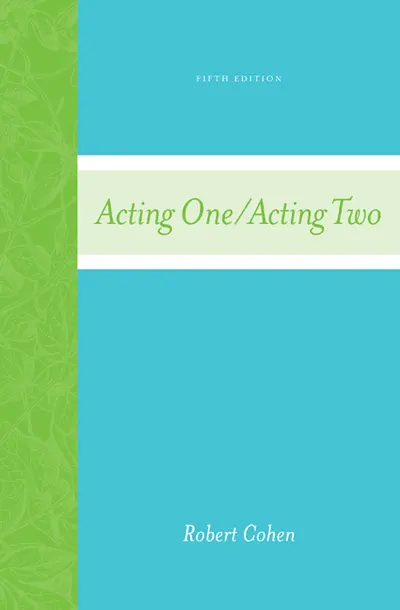My Account Details

ISBN10: 0073288543 | ISBN13: 9780073288543

* The estimated amount of time this product will be on the market is based on a number of factors, including faculty input to instructional design and the prior revision cycle and updates to academic research-which typically results in a revision cycle ranging from every two to four years for this product. Pricing subject to change at any time.
Instructor Information
Quick Actions (Only for Validated Instructor Accounts):
The new, fifth edition of Robert Cohen's Acting One, the text used to teach acting on more campuses than any other, has now been combined for the first time with his Acting Two, (the second edition of his previously-titled Advanced Acting). Together, Acting One/Acting Two provides a comprehensive and fully integrated system of all acting, from the most realistic to the most stylized. Part One (Acting One) covers basic skills such as talking, listening, tactical interplay, physicalizing, building scenes, and making powerful acting choices. Part Two (Acting Two) provides a series of exercises that encourage the student actor's self-extension into radically different styles (historical, literary, fantastical) and characterizations; then coaches the student through scenework in a variety of historical periods (Greek, Commedia, Elizabethan, Molière, Restoration, Belle Epoque), as well as modern hyper-realistic theatrical forms such as the theatres of alienation and the absurd, and exemplary recent dramas by Tony Kushner, Margaret Edson, August Wilson and Doug Wright.
Need support? We're here to help - Get real-world support and resources every step of the way.